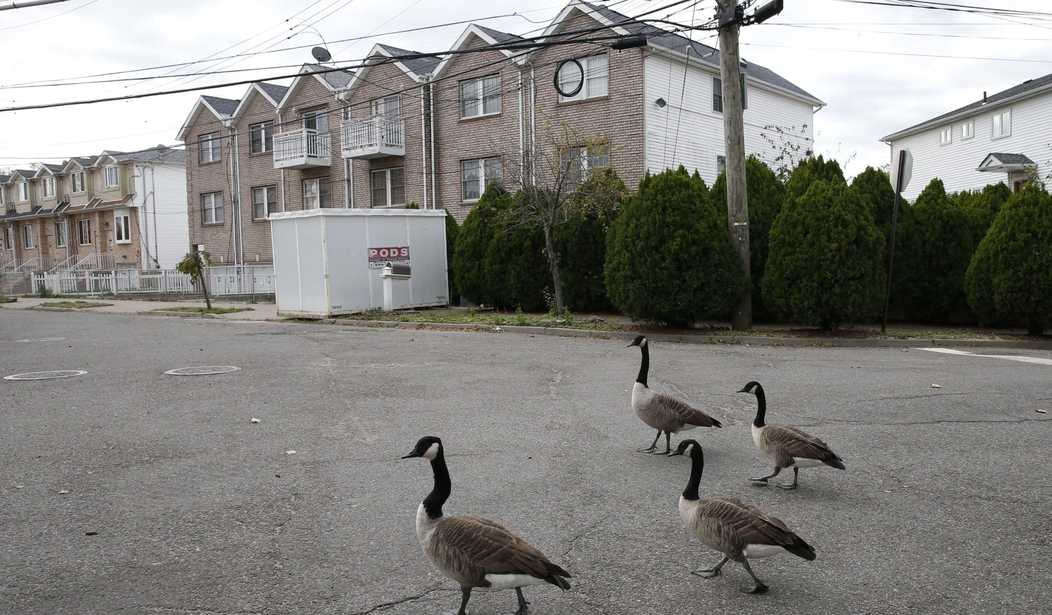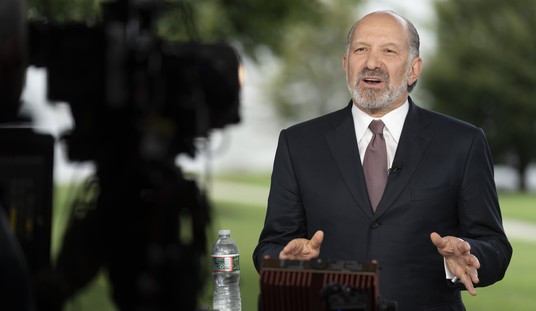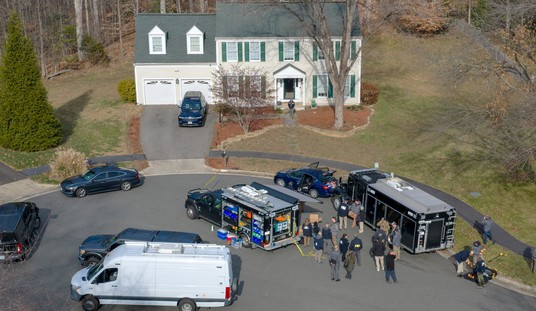Allison D’Amico waited for a $137,000 check from New York’s Build it Back program until she was finally told by the city in 2015 that it couldn’t make good on what turned out to be an empty promise.
Too bad for D’Amico, who was already out $225,000 in repairs to her home that had been wrecked by Hurricane Sandy in 2012.
D’Amico wound up being taken to court by the contractor she couldn’t pay without the money she had been promised by the city.
People whose homes await repair complain, and even some city officials admit, that Build It Back has been a bust.
To speed the bureaucratic battleship, the New York City Council was asked to approve fast-track legislation in late October that would allow the city to demolish homes damaged by Hurricane Sandy without city permits.
Because it can take longer to get city permits approved than it takes to build a home, New York City Councilman Eric Ulrich (R), who represents communities impacted by Sandy, told the Wall Street Journal the legislation, which was intended to break a bureaucratic stranglehold, was long overdue.
“I can’t believe it took the administration three years to figure it out,” Ulrich said.
It was the latest wrinkle in nearly four years of disappointment for homeowners whose lives were twisted and torn by the 2012 storm.
Mayor Bill de Blasio (D) promised in October 2015 that the Build It Back program, which was created by the Bloomberg administration, would do a much better job of rebuilding the damaged homes and businesses than property owners could do on their own with government money.
A year later, de Blasio had to admit Build It Back would miss his self-imposed deadline of Dec. 31, 2016, to make everything right again.
Mayor de Blasio put some of the blame on the expectations of the people whose homes were wrecked by Sandy. He added that their demands that construction work be put off until after the holidays slowed the program.
“I’m not saying homeowners didn’t have a right to say, ‘Hey, I want to slow down for a reason, or didn’t have a preference to design a home,'” he said Oct. 29 while on Staten Island. “I’m saying it contradicted the very notion of what we were trying to do, which is a big, fast operation on many, many fronts — and I think that’s where the contradiction is.”
More than 20,000 families applied for help through the Build It Back program in June 2013. To date, only 8,500 families are still enrolled in the program, according to a New York City Council committee report.
But isn’t that good news? Sorry, but it’s not that 11,500 homes have been repaired or replaced. It’s more like that many families have just given up.
“And the average projected cost to repair or rebuild single-family homes in the program has risen from $120,000 in 2014 to $200,000 in 2016,” said Councilman Mark Treyger, who wrote the committee report.
Harold Jones is one of the disheartened who was counting on the city for help. The Brooklyn man told JP Update that he had to go to his local Build It Back office 11 times to keep filling out forms he had already completed, but somehow got lost.
Christina Ali, who has been trying to help her clients with disaster relief, said she has seen the worst of Build It Back.
“They put the homeowners as a second priority,” Ali told JP. “Many issues aren’t taken into account. There are many people frustrated. Why did you move me out a year ahead of time when you haven’t done any work on my house? It’s so inefficient.”
Not only is Build It Back way behind schedule and serving far fewer people, but its budget has also been busted. The program was supposed to be paid for entirely by $4.2 billion federal tax dollars.
It wasn’t enough.
Along with the request for fast-track legislation to knock down damaged buildings without permits, Mayor de Blasio had to go to the New York City Council in October to ask for $500 million in city taxpayer money to continue the program.
Councilman Treyger said nothing he heard from the de Blasio team was making any sense, except that Build It Back was a failure.
“Clearly, we are spending more than originally anticipated and only assisting less than half of the original applicants. How do you reconcile?” Treyger asked.
“We had hearings and meetings and were told that funds were sufficient, but learned last month that was not the case,” he continued. “When did the administration know it needed more money to supplement BIB program?”
Amy Peterson, the director of the Mayor’s Office of Management and Budget, admitted that they had underestimated the expenses of rebuilding, like how much it would cost to put sprinklers into homes, the actual expense of demolition and building, and writing checks to cover the rent of people living in temporary homes.
“We’re disappointed we didn’t meet the goal, but we’re still committed to the program and will have 75 percent done by this year,” she told the city council.
Still, Allison D’Amico feels like she and other homeowners have been kicked to the curb by Build It Back.
“Sandy was easy,” she told the New York City Council, “this is really hard. How am I going to pay for my medication?”









Join the conversation as a VIP Member